Introduction
Artificial Intelligence (AI) is a term that’s been buzzing around a lot lately. Amidst all the buzzwords like ‘machine learning’, ‘deep learning’, ’tensorflow’, and ‘pytorch’, one term stands out as the cornerstone of many AI technologies - ’neural networks’. But what exactly are these neural networks, and why are they so central to AI and machine learning? Let’s take a closer look.
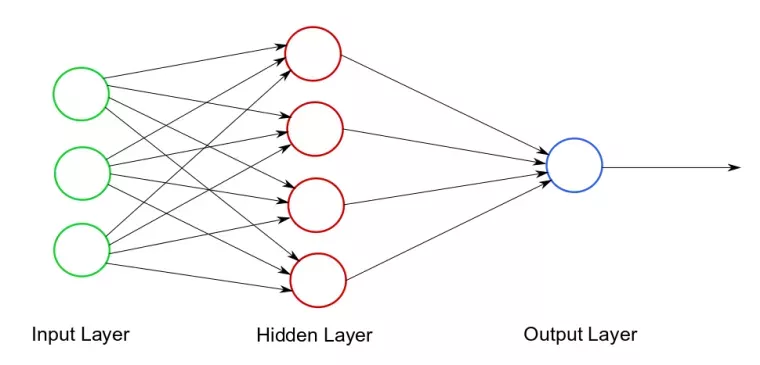
What is a Neural Network?
Neural networks, also known as ‘artificial neural networks’, are a type of machine learning model inspired by how our brains work. They’re designed to ’learn’ from data, much like how we learn from experience.
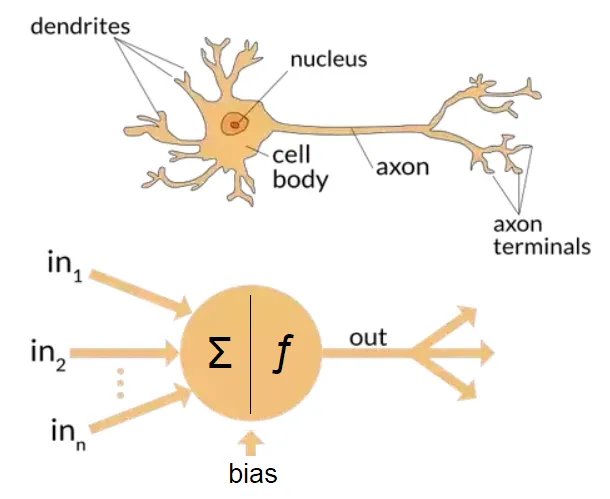
How Do Neural Networks Work?
A neural network consists of layers of interconnected nodes, or ’neurons’. When a neural network is ’learning’, it adjusts the weights of these connections based on the difference between its predicted output and the actual output.
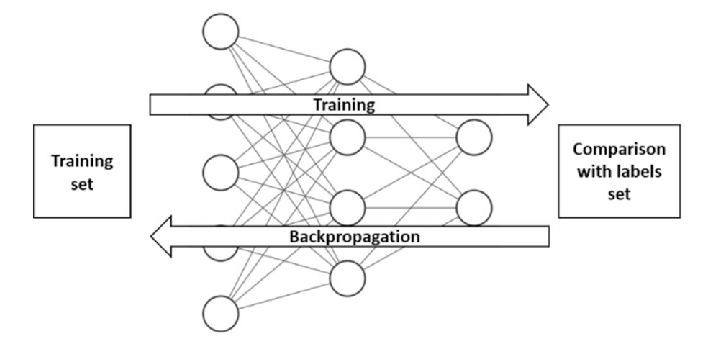
Types of Neural Networks
Neural networks come in different types, each designed for a specific kind of task. Some of the most common types are:
-
Convolutional Neural Networks (CNNs): CNNs are designed to process data with a grid-like topology and are commonly used in image recognition tasks.

-
Recurrent Neural Networks (RNNs): RNNs are used for sequential data and are commonly used in tasks like speech recognition or time series prediction.
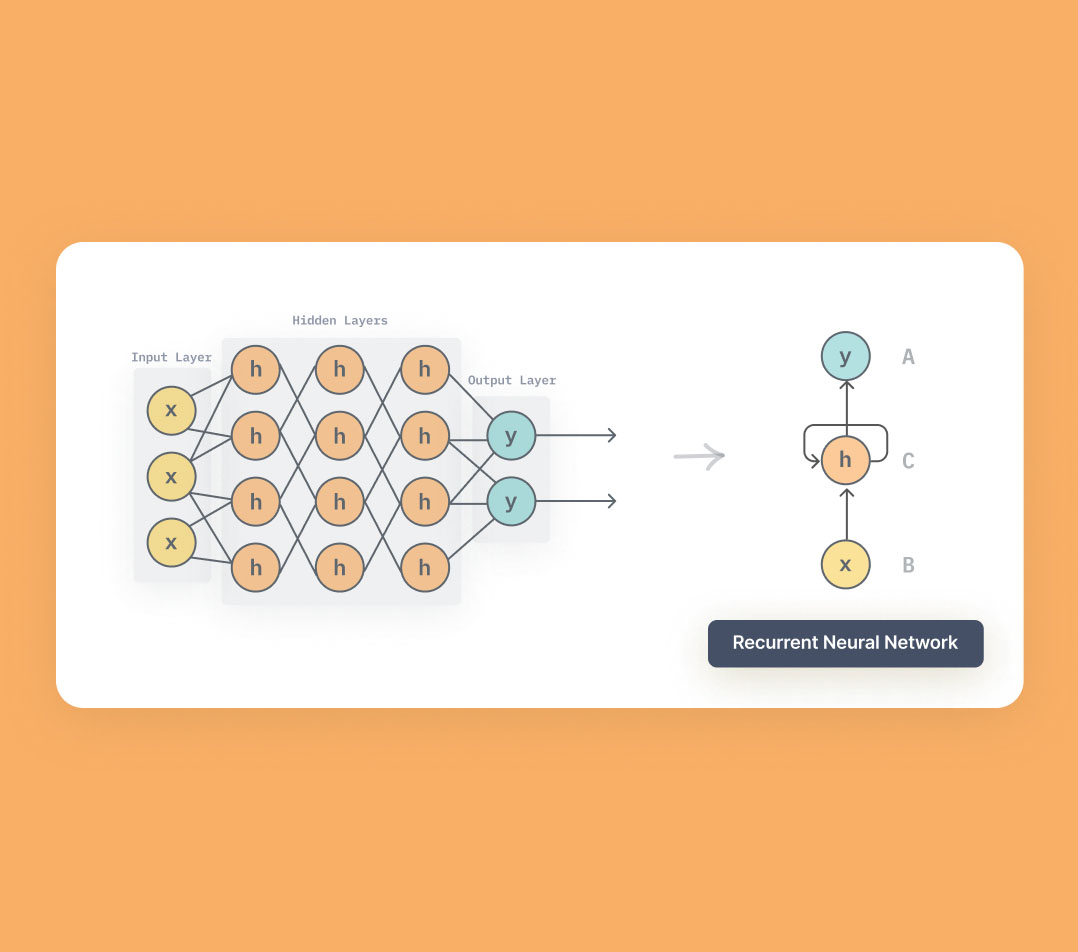
-
Multilayer Perceptron (MLP): MLP is the most basic type of neural network and can be used for simple classification or regression tasks.
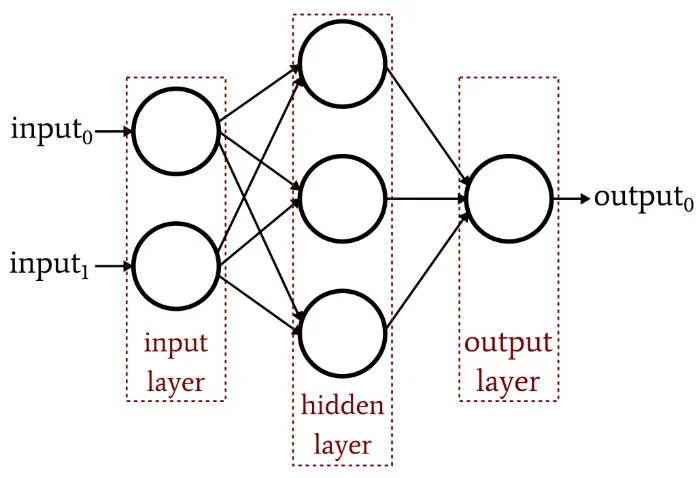
Applications of Neural Networks
Neural networks are at the heart of many of the AI technologies we use daily. They power the voice recognition in our smartphones, recommend products or movies we might like, and even help doctors diagnose diseases.
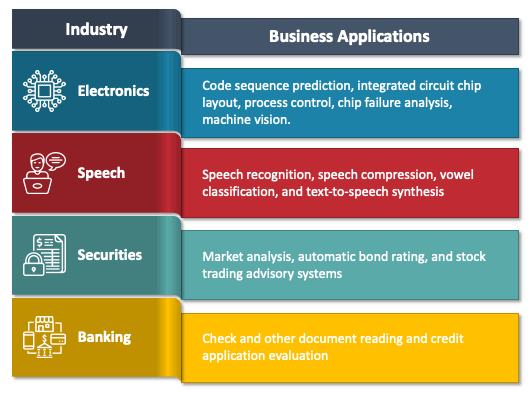
Conclusion
Neural networks are a powerful tool that’s shaping the future of technology, and understanding them can help us appreciate the incredible work that goes on behind the scenes in our AI-powered world. As we continue to explore the realms of AI, machine learning, and deep learning, neural networks will remain an essential component of this exciting field.
Remember, the journey of understanding AI and machine learning is a marathon, not a sprint. The more we understand about these fascinating systems, the better equipped we’ll be to navigate the future of AI.
This is a simplified explanation of neural networks, designed to be accessible to younger readers or those new to the field. Real-world neural networks can be much more complex, and understanding them fully requires a deep dive into subjects like calculus, linear algebra, and statistics.

As always, stay curious, keep learning, and don’t hesitate to ask questions. The world of AI and machine learning is vast and exciting, and there’s always more to explore.
We’ve just skimmed the surface of the fascinating world of neural networks in this introductory article. Each type of neural network - whether it’s a Convolutional Neural Network (CNN), Recurrent Neural Network (RNN), or any of the other types we mentioned - has its own unique strengths, applications, and intricacies.
In the upcoming series of articles, we will dive deeper into each type of neural network. We’ll explore their architectures, understand how they work, and look at real-world applications where they shine. By the end of this series, you’ll have a comprehensive understanding of neural networks and their role in the field of machine learning and artificial intelligence.
Stay tuned for more exciting insights into the world of AI and Machine Learning!
